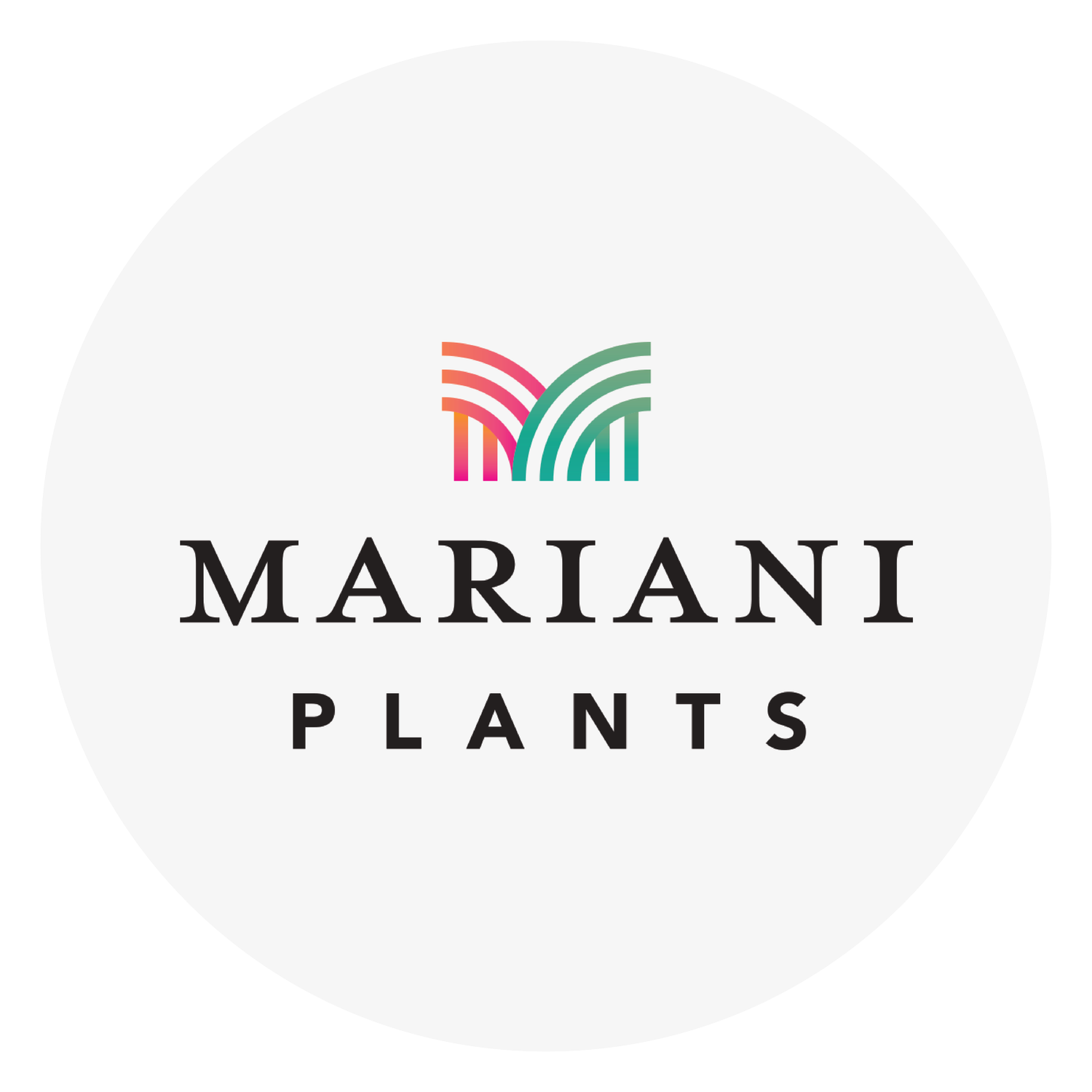ChatGPT and Implications for the Green Industry
It’s been a busy year, and you’d be forgiven for falling behind on current events this season. But if you haven’t been following along with the explosive growth taking place in the field of Generative AI, you may have felt like you woke up one day to find that everyone was talking about ChatGPT. After all, the buzz around this chatbot, which was introduced in November of 2022 and stands for Chat Generative Pre-trained Transformer, has gotten so loud in recent months that it’s become virtually unavoidable.
To say that ChatGPT has captivated the public’s attention is an understatement: the chatbot acquired one million users within the first five days of its release. This is especially impressive when you consider that it took Instagram 2.5 months to surpass one million downloads, and Netflix waited 3.5 years to reach one million users. The rapidly developing technology behind ChatGPT has been embraced so quickly that it’s already changing the way we think and feel about the internet, and several companies across a range of industries (including our own) have already adopted ChatGPT into their business models, using it to aid marketing efforts, support customer service operations, and assist with data analysis.
Since this technology is so new, and because its capabilities are still rapidly expanding, it’s left many of us speculating about how it will affect our jobs, our lives, and even the world in general. But the answers to these questions will take time to answer. We won’t completely understand the true benefits, limitations, and threats of AI for years to come, but, in the short term, what do we know about its applications for business? We can look to some companies in the green industry that have already begun to harness the power of ChatGPT to increase productivity, save time, and even spur ideas.
One key way that ChatGPT has been utilized across industries, including garden centers and landscaping businesses, is for communication and customer support. A great example of this is MasterGardener.ai, an AI-powered chatbot developed by the Georgia-based company Scapify, that can be installed on websites to answer customer questions about topics ranging from plant care to landscaping advice. Amid the valid concerns that AI will replace jobs, it’s clear that it can be used to increase productivity of your staff by freeing up their time to work on other things and reduce the amount of time spent answering repetitive questions. Since chatbots are available 24-7, they can also help to increase response times and ease the pressure on staff during peak times of the day. AI can also be used to facilitate internal communication to employees, from drafting emails to writing up letters regarding policies and procedures, not to mention that it can help us communicate across language barriers.
ChatGPT can also be a very powerful tool for data analytics in any industry. We can use it to look for trends and patterns in our data that we may not have perceived otherwise. This should allow us to react more quickly to trends in consumer behavior and possibly anticipate changes in demand earlier than ever before. We should theoretically be able to use ChatGPT’s data analysis capabilities to help optimize profits and reduce shrink. While most of us probably aren’t looking to hand the reins over to AI completely, we can at least consider using it as a way to look at our data in a new way and to offer a unique perspective on existing information.
Our discussion of ChatGPT wouldn’t be complete without talking about its uses for creating social media posts, blogs, and other creative content. This is usually the portion of the article where it’s revealed that most of the content was generated by ChatGPT, but that’s not the case with this particular writer, and this particular piece of writing. I will admit that, while I recognize the benefits of using AI to generate ideas for content and to streamline routine and transactional communications, I have some misgivings when it comes to how it will affect the future of creative writing. However, I don’t think it will ever replace the need for human creators. When we look back at humanity’s greatest contributions to art, music, movies, and literature, all of these works have one thing in common: they were borne out of the human experience. Whether it’s love, pain, or suffering, it’s not something that can be replicated by an algorithm. I could be wrong, but I think we have a reason to be optimistic about the future for this reason.
It’s important to keep in mind that even the creators of ChatGPT don’t fully understand how it learns, and that it does have limitations, such as the potential to perpetuate biases and false information. So we should proceed with caution and remember that it requires human oversight. But, when it comes to the green industry, why not embrace the ways in which AI can make our lives easier so that we can focus more on what we do best, and continue to provide the human component to what we do, because that will always be in demand.

